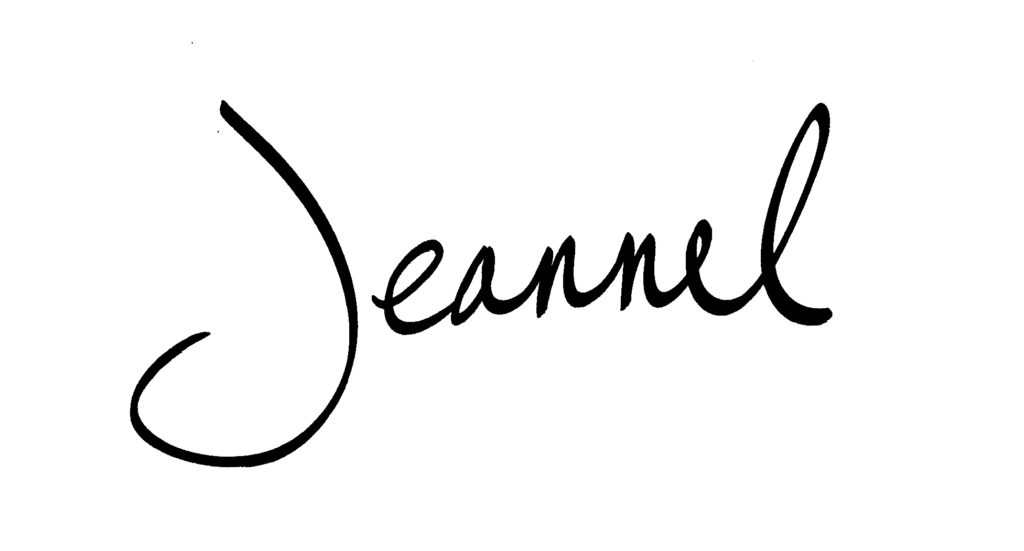Sometimes our work as graphic recorders can be a bit like the old joke about the Rabbi hitting a hole in one on Yom Kippur:
You may have created the most amazing graphic recordings for your client’s strategic planning meting or event. Heck, it may have been the best work of your career to date! And you may REALLY want to show it off to someone…anyone!
It seems like such a good idea…
So you do it. You snap a pic and Tweet it out, thinking only of sharing the quality of your work and that your client won’t mind.
Perhaps you’ve got a clause in your project agreement stipulating that you can display your work for marketing and/or educational purposes, so you think it must be okay for you to share these images.
Or perhaps you even know that it’s something you shouldn’t be sharing with the rest of the world because of the nature of the meeting’s content, so you decide to blur out certain identifying details so your images could technically be from “any” client’s work.
Want my advice? (And if you’re reading this, I assume that you do!)
Just don’t do it!
I’m serious! When it comes to client information, err on the side of caution. Don’t let this story be about you:
A colleague of mine was speaking with one of his clients, when the client shared a story about how a former scribe they worked with had shared pictures of their meeting’s graphic recordings on social media. Only the meeting wasn’t just a meeting…it was a strategic planning session. The scribe basically just shared their client’s business strategy with the entire Social Media Universe. And of course, the client’s competition saw the pictures.
I can only imagine how mortified that graphic recorder had to have been upon learning what they had done to their client. What a nightmare situation! What a betrayal of trust!
And it was probably completely unintentional on the part of the scribe.
Err on the side of caution
I personally display only a few examples of my work on my website. They are all projects that were public (or open to the public) and therefore covered information that was not proprietary or confidential from my client’s perspective.
Now, have I done only a few projects for clients? Of course not! But much of my work has been strategic in nature, so it simply doesn’t go up on the website. Period.
Does this hurt my business, having a limited number of examples on display? I don’t think so.
I remember being contacted by a prospect one time about a possible strategic planning project. During our initial phone chat, they asked to see examples of strategic planning work I’d done with other clients. I politely declined their request, explaining that I do not display or share images from these types of projects because of their confidential and proprietary nature. It’s important to me to protect my clients’ strategies and insights, just as I would not share images from the prospect’s strategic planning session with others.
To the prospect, their request was completely logical and reasonable. After hearing my response you could practically see the light bulbs going off over their heads through the phone: “oh yeah…if someone would show me someone else’s strategic plan, who would they show my strategic plan to?” This now-client has been great to work with. (And no, I won’t show you their graphic recording images!)
Five and a half tips to avoid the Box of Shame
It seems perfectly reasonable to share an image to meet our own needs: to see an example of work, or to share an example we’re particularly proud of.
But at the end of the day, it’s about being of the best service to your client.
And that may mean to keep that gorgeous work all to yourself.
If you aren’t sure if it’s okay to share graphic recording images outside of the event, these five tips should keep you away from the Box of Shame:
- Address it during the initial scoping meeting. When discussing a project with a client for the first time, we spend some time talking about the purpose of the event and the nature of the attendees. This discussion can give you clues as to whether or not your client views the event as “private” or “public,” and you can ask clarifying questions to confirm whether or not images should be shared or kept close to the chest.
- Ask point-blank if it’s okay to share images on social media. Some events may be live-streamed for remote audiences, or clients will have social media teams Tweeting and posting throughout the sessions. Ask up front if there’s a social media strategy for the event, and if so, ask if you could include your own contributions to the event’s feed and hashtags.
- Get permission in writing. My project agreement has a section addressing confidential and proprietary information and how it will be handled by me. Clients are able to tell me within the agreement if it’s okay to share images for educational and marketing purposes, or if images should be treated as proprietary and/or confidential. Their response lets me know how to proceed, and because it’s in writing there is no confusion.
- Don’t assume. Seeing participants take pictures does not mean it’s okay for us to share pictures. They may be taking these pictures for their private use, and may know better than to share them on social media simply from being a part of the organization’s culture. Then again, all those participants may be posting and sharing away. The only way to be absolutely sure is to ASK your project contact.
- Confirm your understanding when you arrive on-site. Sure, there may have been a social media strategy in place when you last met, but things can change between that last meeting and the actual event. Always confirm those details prior to the project starting. I start off by asking to confirm any hashtags to be included on the graphic recordings, then follow up with a confirmation of the event’s social media etiquette and expectations. Works like a charm!
And lastly,
- Follow your client’s example. If they aren’t posting your images on social media or their public website, then odds are good that you probably shouldn’t be posting them either.
It’s my sincere belief that this problem rarely occurs in the visual practitioner world. As a growing field, there may be a few folks who jump in to the work without being aware of all of these sorts of details that contribute to a professional practice. It is our responsibility as an industry to continually educate ourselves and each other on professional standards and best practices so that this Box of Shame becomes a thing of the past.
I cannot wait to see what you draw forth,


